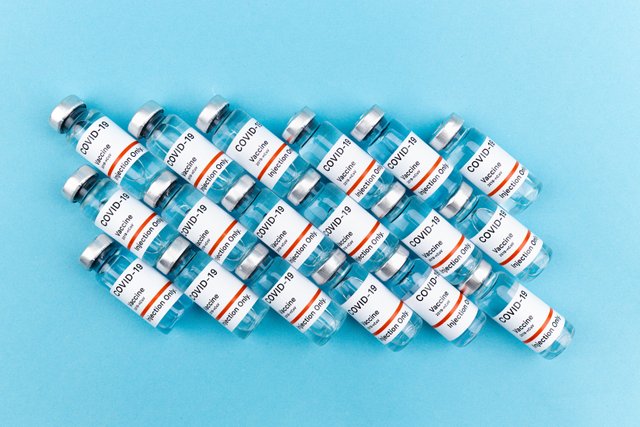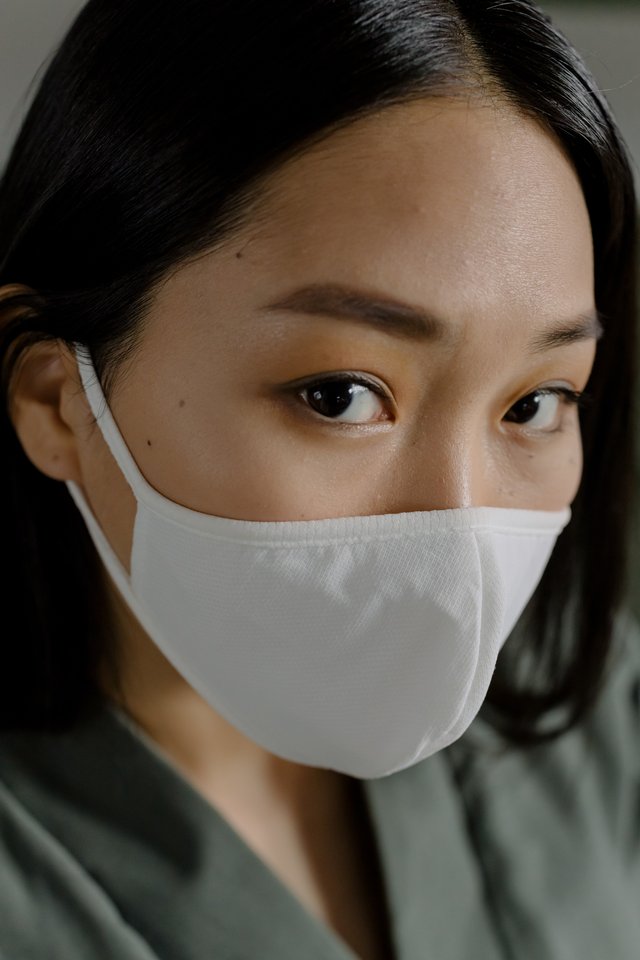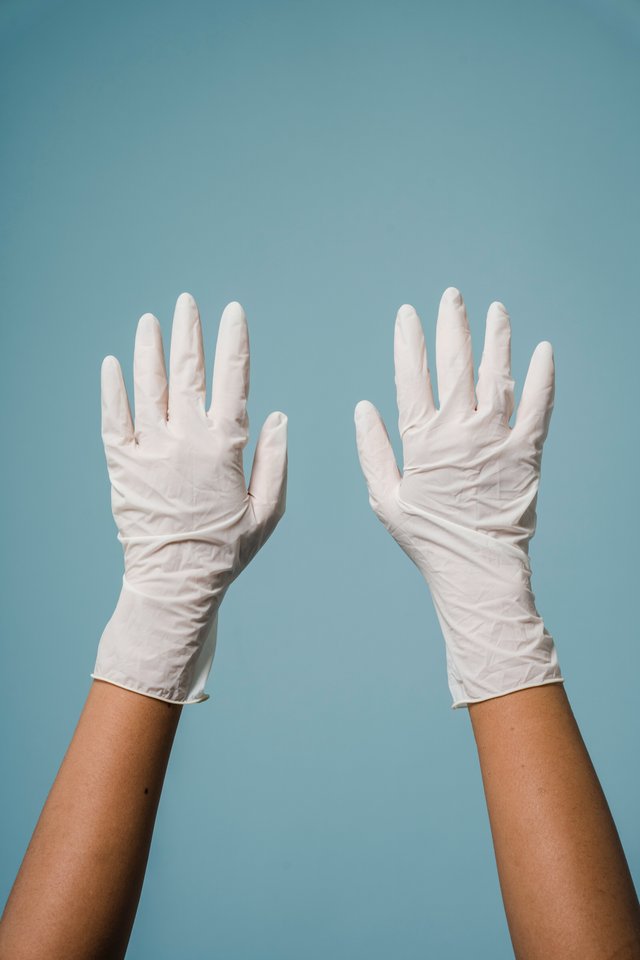Is COVID more dangerous than driving? How scientists are parsing COVID-19 risks.

Like it or not, the pick your-own-experience time of the pandemic has arrived.
Cover orders have fallen. Some free testing destinations have shut. Anything that pieces of the US were all the while attempting to altogether control the pandemic have generally dismissed their concentration from communitywide exhortation.
Presently, even as case numbers climb once more and more contaminations go unreported, the onus has fallen on individual Americans to conclude how much gamble they and their neighbors face from the Covid - and what, regardless, to do about it.
For some individuals, the dangers presented by Coronavirus have facilitated emphatically over the two years of the pandemic. Immunizations slice the gamble of being hospitalized or kicking the bucket. Strong new enemy of viral pills can assist with holding weak individuals back from falling apart.

Be that as it may, not everything Americans can depend on a similar security. A great many individuals with debilitated safe frameworks don't benefit completely from immunizations. 66% of Americans, and more than 33% of those 65 and more seasoned, have not gotten the basic security of a promoter shot, with the most ridiculously troubling rates among Dark and Hispanic individuals. What's more, patients who are less fortunate or live farther from specialists and drug stores face steep hindrances to getting against viral pills.
These weaknesses have made working out the dangers presented by the infection a full activity. Government wellbeing authorities' new idea that most Americans could quit wearing veils since hospitalization numbers were low has made disarray in certain quarters about whether the probability of being tainted had changed, researchers said.
"We're doing a truly awful occupation of conveying risk," said Katelyn Jetelina, a general wellbeing specialist at the College of Texas Wellbeing Science Center at Houston. "I imagine that is likewise why individuals are surrendering in the air and saying, 'Screw it.' They're frantic for some kind of direction."
To make up for that shortcoming, researchers are pondering how to examine Coronavirus gambles. Some have concentrated on when individuals could expose inside on the off chance that the objective was not exclusively to hold emergency clinics back from being invaded yet in addition to safeguard immunocompromised individuals.
Others are dealing with instruments to contrast disease gambles with the risks of a wide scope of exercises, finding, for example, that a typical unvaccinated individual 65 and more established is generally as liable to bite the dust from an omicron contamination as somebody is to pass on from involving heroin for quite a long time.
However, how individuals see risk is abstract - no two individuals have similar feeling of the possibilities biting the dust from eighteen months of heroin use (around 3%, by one gauge).
Furthermore, past that, numerous researchers said they additionally stressed over this most recent period of the pandemic storing a lot of the weight on people to pursue decisions about guarding themselves as well as other people, particularly while the instruments for battling Coronavirus stay past certain Americans' scope.
"However much we don't want to trust it," said Anne Sosin, who concentrates on wellbeing value at Dartmouth School, "we actually need a societywide way to deal with the pandemic, particularly to shield the individuals who can't benefit completely from immunization."
Aggregate measurements
While Coronavirus is a long way from America's just wellbeing danger, it stays one of its generally critical. In Spring, even as passings from the main omicron flood dove, the infection was as yet the third driving reason for death in the US, behind just coronary illness and malignant growth.
A greater number of Americans generally have been kicking the bucket than would have in typical times, an indication of the infection's expansive cost. Actually February, 7% a greater number of Americans were biting the dust than would have been normal in view of earlier years - a differentiation with Western European countries, for example, England, where by and large passings have of late been lower than anticipated.
A clinical laborer at a drive-through Coronavirus testing site in Hagerstown, Maryland, in February | KENNY HOLSTON/THE NEW YORK TIMES
How much infection is circling in the populace is perhaps the main measures for individual attempting to check their dangers, researchers said. That stays genuine despite the fact that case numbers are currently undercounting genuine contaminations by a huge degree on the grounds that such countless Americans are trying at home or not testing by any stretch of the imagination, they said.
Indeed, even with many cases being missed, the U.S. Habitats for Infectious prevention and Anticipation (CDC) presently puts the vast majority of the Upper east at "high" levels of viral transmission. In pieces of the district, case numbers, while far lower than throughout the colder time of year, are approaching the pinnacle paces of pre-winter's delta variation flood.
A significant part of the remainder of the nation has what the CDC depicts as "moderate" levels of transmission.
How much coursing infection is basic since it directs that somebody is so liable to experience the infection and, thusly, throw the dice on a terrible result, researchers said.
That is essential for what makes Coronavirus so unique in relation to seasonal influenza, researchers said: The Covid can taint a lot more individuals immediately, and with individuals bound to get it, the general opportunity of an awful result goes up.
"We've never seen influenza commonness - the amount of it there is locally - in the numbers we've seen with Coronavirus," said Lucy D'Agostino McGowan, a biostatistician at Wake Timberland College.
Coronavirus as opposed to driving
Indeed, even two years into the pandemic, the Covid stays adequately new, and its drawn out impacts sufficiently capricious, that estimating the danger presented by a disease is a prickly issue, researchers said.

A spring up Coronavirus testing site in New York in Walk 2021 | HIROKO MASUIKE/THE NEW YORK TIMES
Some obscure number of individuals tainted will grow long Coronavirus, leaving them seriously incapacitated. Furthermore, the dangers of getting Coronavirus stretch out to other people, possibly in chronic frailty, who may thus be uncovered.
In any case, with definitely more invulnerability in the populace than there used to be, some general wellbeing analysts have tried to make risk estimations more available by contrasting the infection and ordinary risks.
The examinations are especially knotty in the US: The nation doesn't direct the irregular cleaning concentrates on important to appraise contamination levels, making it hard to tell which portion of tainted individuals are kicking the bucket.
Jetelina, who has distributed a bunch of correlations in her bulletin, Your Neighborhood Disease transmission specialist, said that the activity featured how precarious gamble computations stayed for everyone, general wellbeing scientists included.
For instance, she assessed that the normal immunized and supported individual who was something like 65 years of age had a gamble of kicking the bucket after a Coronavirus disease marginally higher than the gamble of biting the dust during an extended period of military assistance in Afghanistan in 2011. She utilized a standard unit of hazard known as a micromort, which addresses an extremely rare possibility kicking the bucket.
Be that as it may, her estimations, harsh as they were, included just recorded cases, as opposed to unreported and by and large milder diseases. What's more, she didn't represent the slack among cases and passings, checking out at information from a solitary week in January. Every one of those factors might have swung assessments of hazard.
"These subtleties underline how troublesome it is for people to work out risk," she said. "Disease transmission experts are having a test with it too."
For youngsters under age 5, she found, the gamble of biting the dust after a Coronavirus contamination was about equivalent to the gamble of moms kicking the bucket in labor in the US. That correlation, however, features different troubles in depicting risk: Normal numbers can conceal huge contrasts between gatherings. Individuals of color, for instance, are just multiple times as reasonable as white ladies to pass on in labor, an appearance in piece of contrasts in the nature of clinical consideration and of racial inclination inside the wellbeing framework.
Cameron Byerley, an associate teacher in science schooling at the College of Georgia, fabricated an internet based instrument called Coronavirus Taser, permitting individuals to change age, immunization status and wellbeing foundation to foresee the dangers of the infection. Her group utilized gauges from before in the pandemic of the extent of contaminations that prompted awful results.
Her exploration experiences shown that individuals experience issues deciphering rates, Byerley said. She reviewed her kid mother by marriage being uncertain whether to stress prior in the pandemic after a news program said individuals her age had a 10% gamble of passing on from a disease.
Byerley recommended her mother by marriage envision if, once out of each multiple times she involved the bathroom in a given day, she kicked the bucket. "Gracious, 10% is horrendous," she reviewed her mother by marriage saying.
Byerley's evaluations showed, for example, that a typical 40-year-old inoculated north of a half year prior confronted generally a similar possibility being hospitalized after a contamination as somebody did of biting the dust in a fender bender over 170 crosscountry travels. (Later antibody shots give preferable assurance over more seasoned ones, confounding these expectations.)
For immunocompromised individuals, the dangers are higher. An unvaccinated 61-year-old with an organ relocate, Byerley assessed, is multiple times as prone to bite the dust after a contamination as somebody is to kick the bucket in the span of five years of getting a finding of stage 1 bosom disease. Also, that relocate beneficiary is two times as prone to pass on from Coronavirus as somebody is to kick the bucket while scaling Mount Everest.
With undeniably more resistance in the populace than there used to be, some general wellbeing scientists in the U.S. have tried to make risk estimations more open by contrasting the infection and ordinary risks. | KENNY HOLSTON/THE NEW YORK TIMES
Considering the most weak individuals, Dr. Jeremy Faust, a crisis doctor at Brigham and Ladies' Emergency clinic in Boston, set out last month to decide how low cases would need to succumb to individuals to stop indoor covering without imperiling those with incredibly debilitated insusceptible frameworks.
He envisioned a speculative individual who got no advantage from immunizations, wore a decent cover, took hard-to-get prophylactic medicine, went to periodic get-togethers and shopped however didn't work face to face. He put his focus on keeping weak individuals' possibilities being tainted beneath 1% more than a four-month time span.
To accomplish that edge, he found, the nation would need to continue to veil inside until transmission fell under 50 week by week cases per 100,000 individuals - a stricter breaking point than the CDC is right now utilizing yet one that he said by and by offered a benchmark to hold back nothing.
"In the event that you simply say, 'We'll take covers off when things improve' - that is valid I trust - yet it's not exactly supportive in light of the fact that individuals have the foggiest idea what 'worse' signifies," Faust said.
Layered insurances
For individuals with invulnerable inadequacies, the finish of aggregate endeavors to diminish disease levels has been terrifying.
"Every one of the layered assurances we've been discussing for the whole pandemic, every one of those is being stripped away," said Marney White, a teacher of general wellbeing at Yale College, who is immunocompromised. She expressed families in her neighborhood school area were empowering each other not to report Coronavirus cases. "It's difficult to compute risk in these circumstances," she said.
Dr. Ashish K. Jha, the White House Coronavirus reaction organizer, said that the organization had alleviated individuals' dangers by making fast tests and covers more straightforward to get and by cooperating with facilities to endorse against viral pills rapidly. Better correspondence was expected to circulate preventive medication for immunocompromised individuals, he said.
"We want a framework that can promptly convey therapeutics for them," he said. "That is a lot of the obligation of government."
Getting ready better for the current flood - and future ones - could make individuals' dangers more sensible, regardless of whether it kill them, researchers said. By ventilating indoor spaces, ensuring paid wiped out leave, conveying sponsor shots to individuals' doorsteps and making it simpler to get treated, the public authority could assist individuals settle on decisions with less anxiety toward fiasco, they said.
"We ought to set framework set up that permits us to answer quickly when we have the following wave," said David Frump, a general wellbeing scientist at Johns Hopkins College.
"We ought to prepare individuals that, when those waves hit, there are sure things we must do," he added, such as forcing transient cover orders. "You can then carry on with your life in regard of that chance - however not in dread that it could occur all of a sudden."
This article initially showed up in The New York Times. © 2022 The New York Times Organization
In a period of both deception and a lot of data, quality news coverage is more pivotal than ever.By buying in, you can assist us with getting the story right.
Buy in At this point
This is a one-time notice from SCHOOL OF MINNOWS, a free value added service on steem.
Getting started on steem can be super hard on these social platforms 😪 but luckily there is some communities that help support the little guy 😊, you might like school of minnows, we join forces with lots of other small accounts to help each other grow!
Finally a good curation trail that helps its users achieve rapid growth, its fun on a bun! check it out. https://som-landing.glitch.me/